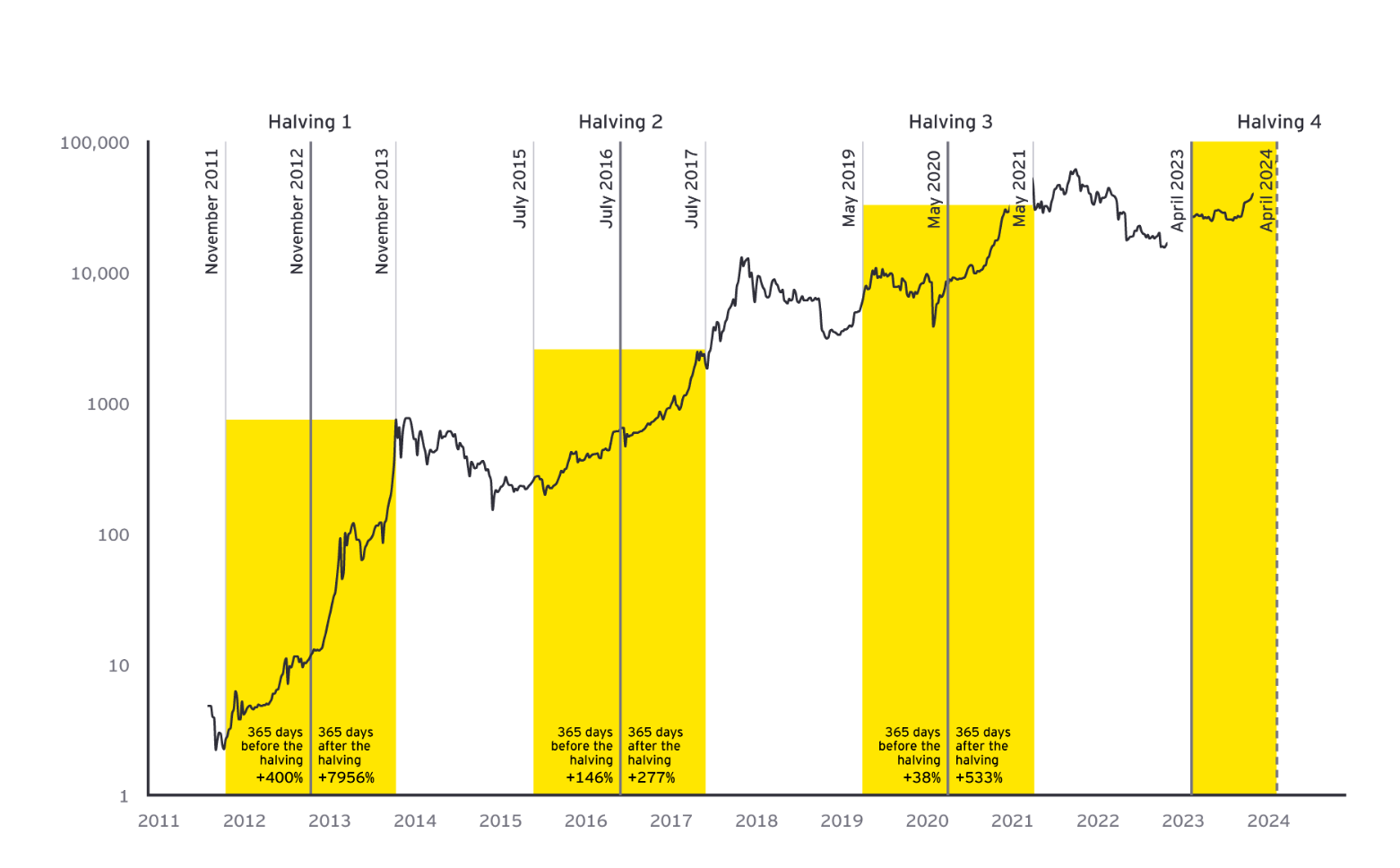Recent data indicates that Bitcoin miners earned a record $2.1 billion in total mining revenue this March, marking a 44.9% increase from the previous month. With the fourth historical halving of Bitcoin expected in late April, reducing the block reward from 6.25 BTC to 3.125 BTC, miners are intensifying their efforts, striving to maximize their returns before the halving takes effect.
While mining profits have been substantial recently, Bitcoin miners continue to sell off their assets. Data shows that since last November, miners' holdings of BTC have decreased by 27,000, with them currently holding about 1.79 million BTC. This indicates that miners have been continuously selling BTC in the months leading up to the upcoming Bitcoin halving. For those who have experienced Bitcoin halving events before, the current situation is not surprising, as this is one of the strategies some miners use to cope with the increased production costs after the halving.

Although miners' profitability will be affected in the short term by the Bitcoin halving, as they will receive only half the income for the same hashrate as before the halving, the fact that Bitcoin has undergone multiple halvings and still continues to attract new miners clearly demonstrates its unique appeal. This appeal largely stems from the long-term returns of mining. Next, we will analyze the data of miners who went through the most recent Bitcoin halving to explore their mining income situations.
Analysis Focus: Miners who experienced the third halving in 2020
The third Bitcoin halving occurred on May 11, 2020. Historical data indicates that from July 2019 until this halving, the hashprice of Bitcoin consistently declined, reaching a low of $0.0755 per TH/s.
Suppose Miner A purchased the then mainstream mining rig, Antminer S17 Pro, on January 1, 2020, for $2,030 to start mining. This rig has a hashrate of 53 TH/s and a power consumption of 2094 W. According to data from OKLINK, by May 11, just before the halving, Miner A would have mined approximately 0.116 BTC. If the electricity cost is calculated at $0.05 per kWh, the total electricity cost during this period would be $331.3.
If Miner A continued to use the Antminer S17 Pro for mining from May 12, 2020, after the third halving, until the end of the year on December 31, 2020, he would have mined approximately 0.097 BTC. If the electricity cost is calculated at $0.05 per kWh, the total electricity cost for this period would be about $587.4. Throughout 2020, using one Antminer S17 Pro, Miner A mined a total of 0.213 BTC, with a total electricity expense of $918.7.
From the Bitcoin historical price trend chart, it can be seen that the price of Bitcoin generally showed an upward trend in 2020, reaching a high of $28,825 at the end of the year. If Miner A had held onto the BTC mined throughout the year and chosen to sell at the end of the year, he would have earned about $6,139.7. After deducting electricity costs of $918.7, the net profit would be $5,221 (assuming no other expenses besides electricity). This return would be more than double the initial investment in the mining rig.

Source: EY and techopedia.com
Indeed, from an overarching view, the Bitcoin held by Miner A would only grow more valuable with time. During the halving in May 2020, Bitcoin was valued at about $8,500 and rose to over $40,000 by January 2021. By November 2021, it further rose past $67,000, and come March 2023, eleven years after the initial halving, it crossed the $73,000 milestone for the first time.
Similarly, for miners who experienced the first and second halvings, the returns on the BTC they held increased over time, provided they were long-term holders able to retain their BTC until its appreciation.
Summary
An analyst once said that investing in mining rigs essentially turns one into a passive long-term holder. The largest initial investment in mining is the mining rig itself, which also includes the cost of mining firmware and the expenses for site modifications or rent. During the mining process, ongoing investments are also needed for electricity and maintenance. These factors collectively encourage miners to 'befriend time' in order to break even or achieve profitability.
Although the halving will reduce miners' earnings in the short term, posing a significant challenge for small-scale miners in the market, in the long run, the increase in Bitcoin prices is usually enough to compensate for these initial revenue losses. Historically, after each Bitcoin halving, its price has experienced varying degrees of increase; whether this halving will continue to follow this pattern remains to be seen.
*Disclaimer: The article is for reference only and offers no financial advice.